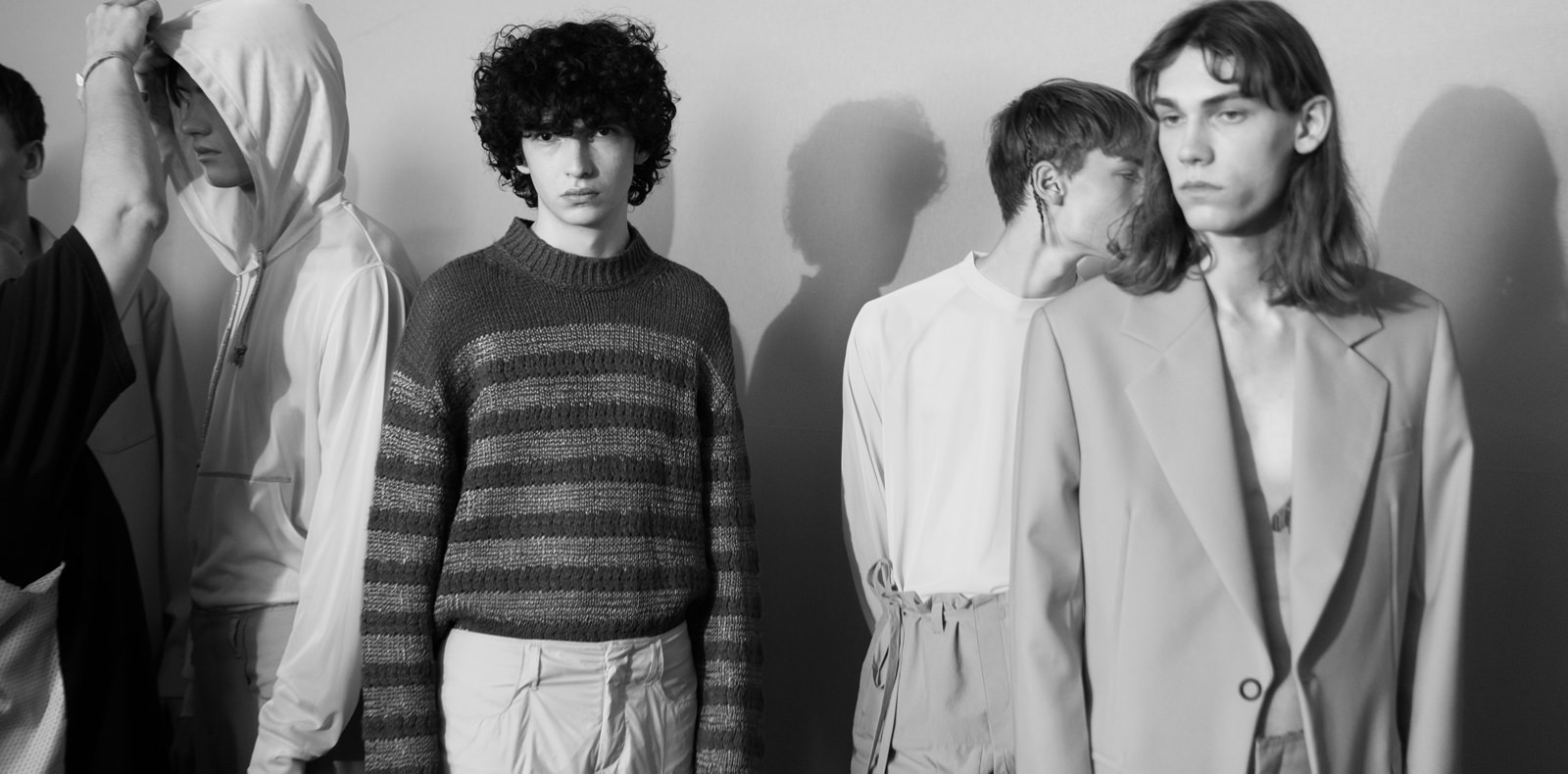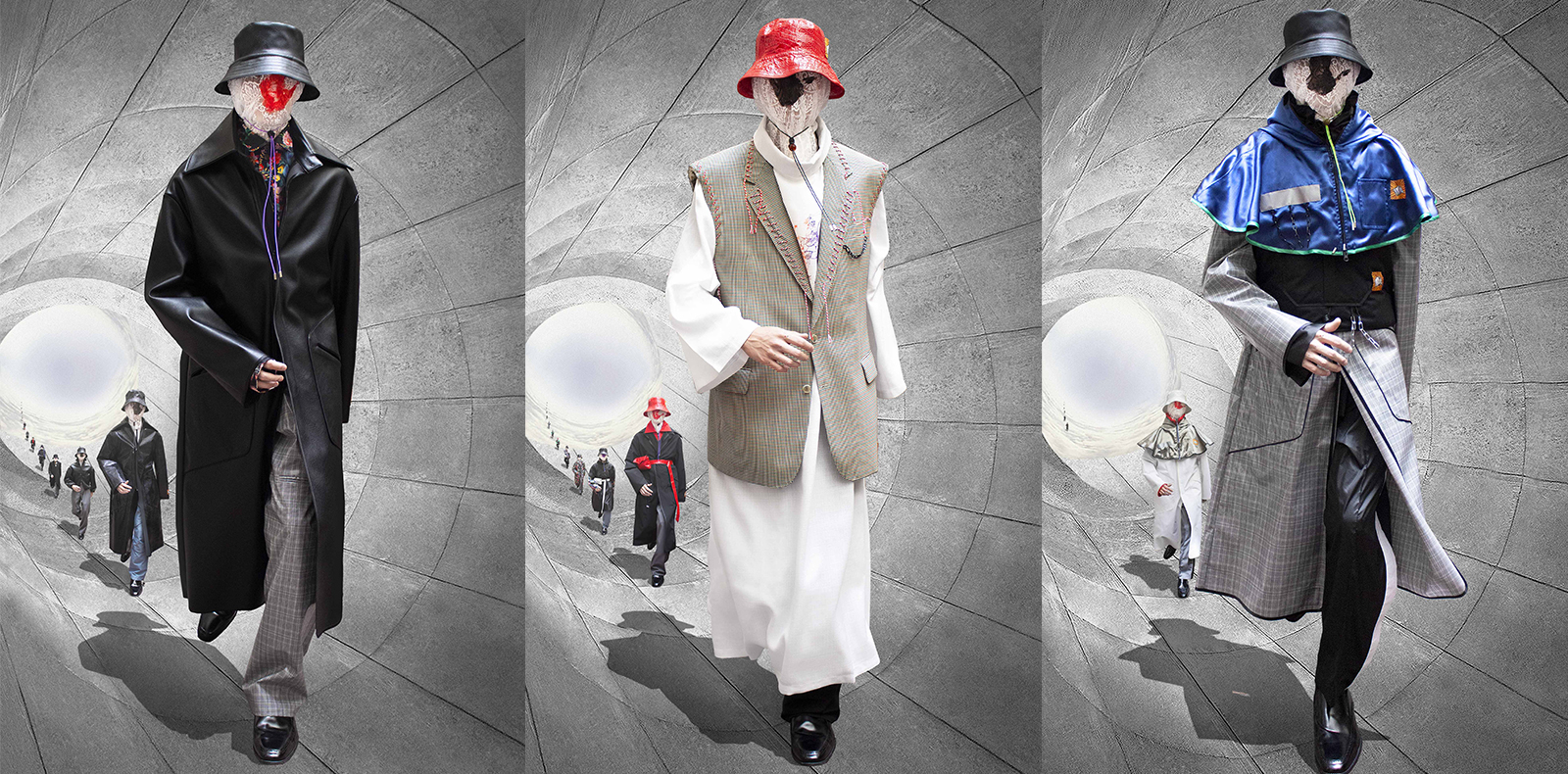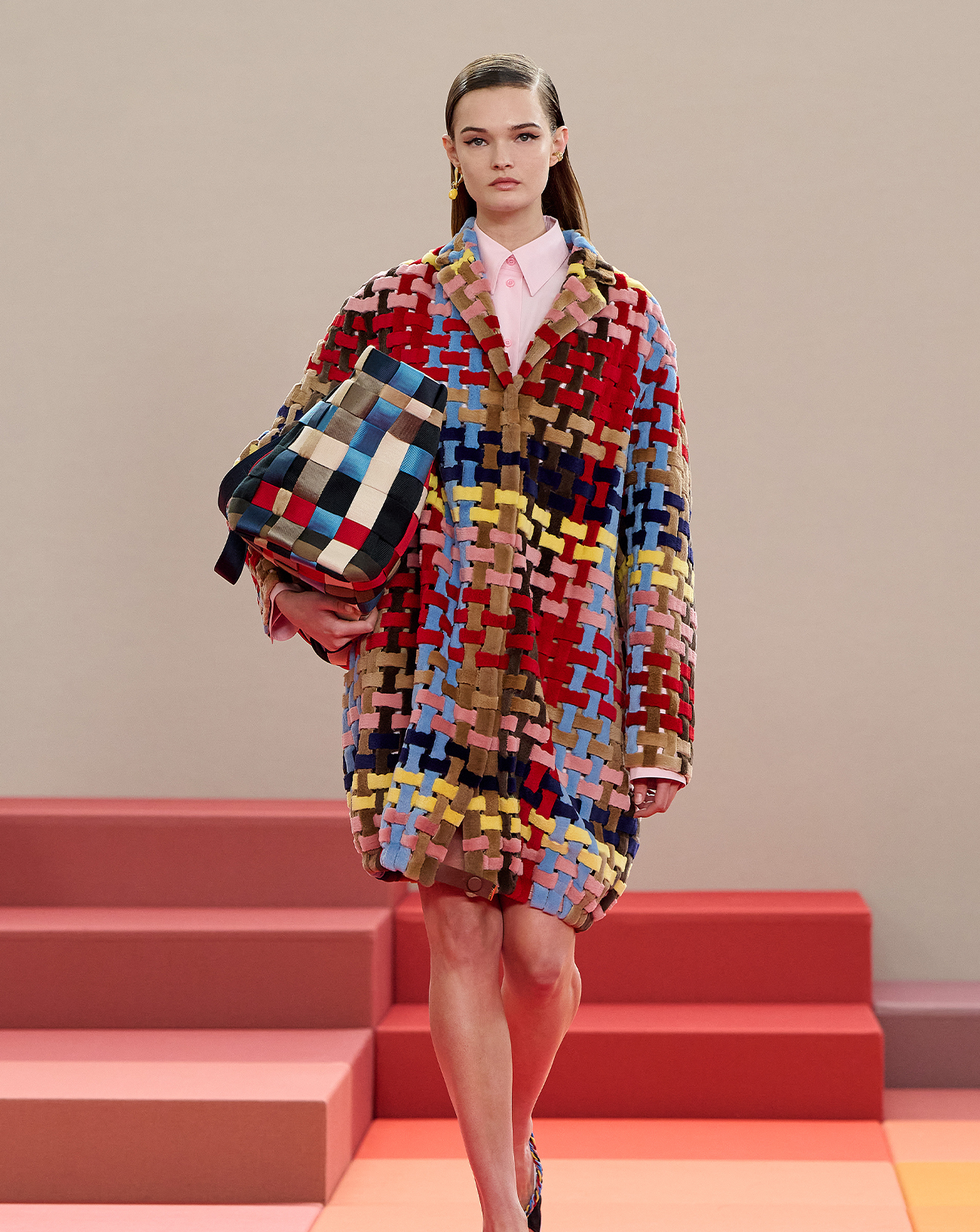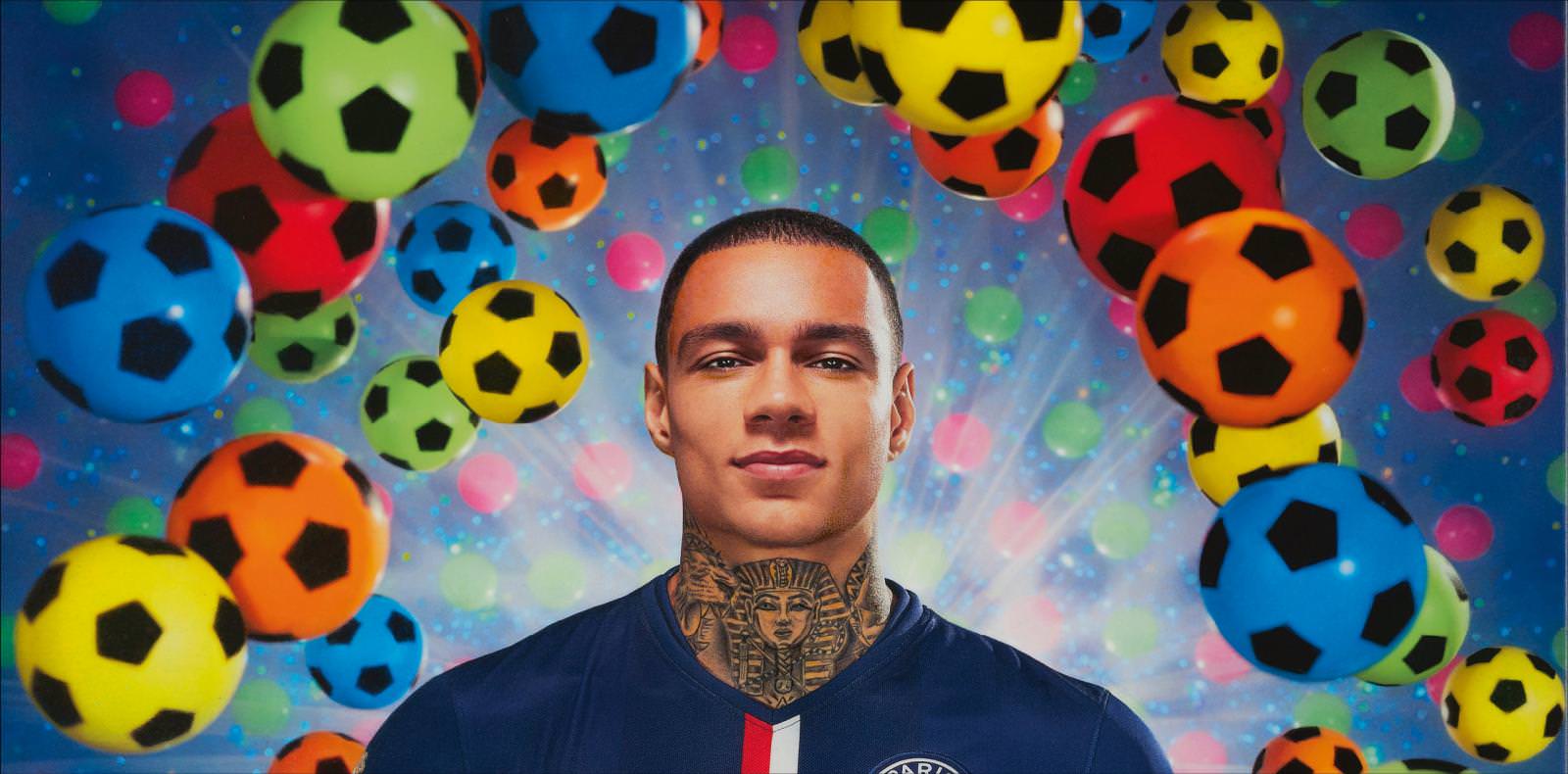
8
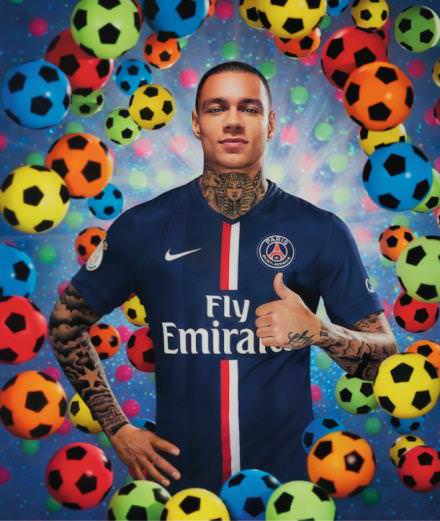
8
The rise and rise of Gregory van der Wiel, footballer for Paris Saint-Germain, photographed by Pierre et Gilles.
Gregory van der Wiel has nicely ascended to PSG, that ambitious project fuelled by Qatari dollars.
par Delphine Roche.
For Gregory van der Wiel, it all began just like in a fairy tale: loitering on street corners after school kicking a ball about with friends, Van der Wiel already showed exceptional aptitude. Today at the age of 27 this gentle lad with a hint of gangsta virility remembers, “I never thought about going pro. I started playing football when I was very young, just like everyone else, out on the street. My mother let me out because I had too much energy.” Born to a father from the Caribbean island of Curacao and a white mother, Gregory van der Wiel would become one of the few mixed-race players in Holland’s national squad. But in spite of being the subject of odious trolling when he played for the Dutch team, football supporters’ racism is not something he likes to discuss. “It happens. It was a small group of people who aren’t worth bothering about. It’s sad, but I was never scared”, he stated in 2014.
Never show too much personality. Hold your tongue. Keep in line with the clichés. Stay smooth and never court controversy. While some discover these guidelines for top level sportsmen at communications workshops given to players at the big clubs, Van der Wiel learnt his ABC at a much younger age, and painfully so. Recruited at the tender age of 8 by the training centre at the Ajax club in Amsterdam – whose system provided the model for Barcelona, currently the best club in the world – it was a dream come true. “The setting for kids at Ajax is exceptional; the players who leave there get bought by the biggest clubs in the world. I learnt so much in that centre. You get picked up after school; you have an hour and a half to do your homework with the help of a teacher. Then its training, then everyone goes home.” But in 2002 at the age of 14, the budding talent was loaned to a less important club (which has since gone bankrupt), the HFC Haarlem: a punishment handed out for his uncontrollable and arrogant behaviour. “They didn’t loan me, they sent me to hell!” exclaims the young man. “I was a real inner city boy, a big mouth, a rebel, so they sent me to a club where the equipment and the setting were not as good so that I would understand how spoilt I was at Ajax. But at Haarlem, with less pressure on me, I actually blossomed. I understood that you had to work nonstop to become a professional. When I got back to Ajax, the staff saw how I’d changed, that I’d grown up and then they kept me.”
Since his first steps in Ajax’s professional team in 2007, aged 19, Gregory van der Wiel’s ascension has been rapid. First as centre back, he was then moved to right back by Marco van Basten who coached the team between 2008 and 2009. The player didn’t seem cut out for the rough physical duels confronted by a centre back. The full-back position, which requires total flexibility, suited him better: they have to intercept balls, and attack, multiply the runs down their channel to create movement, outflank, and know the right moment to supply crosses to their teammates. In 2010 Van der Wiel’s selection for the Dutch team heading into the World Cup confirmed the boy was doing good. And he carried on like that right into the final against Spain, who won against Holland. He was 22 and this is his highest acclaim, one that no other player in PSG had known. “Playing in the World Cup final is a footballer’s dream. It happened to me once, and it may be the only time in my life,” he says.
His consolation prize came when van der Wiel won the Dutch championships with Ajax in 2011 and 2012. At the end of the season he was bought by PSG for the sum of six million euros, given a four year contract and a salary that’s estimated to be in the region of 4 million euros a year.
By Delphine Roche, portrait by Pierre et Gilles







